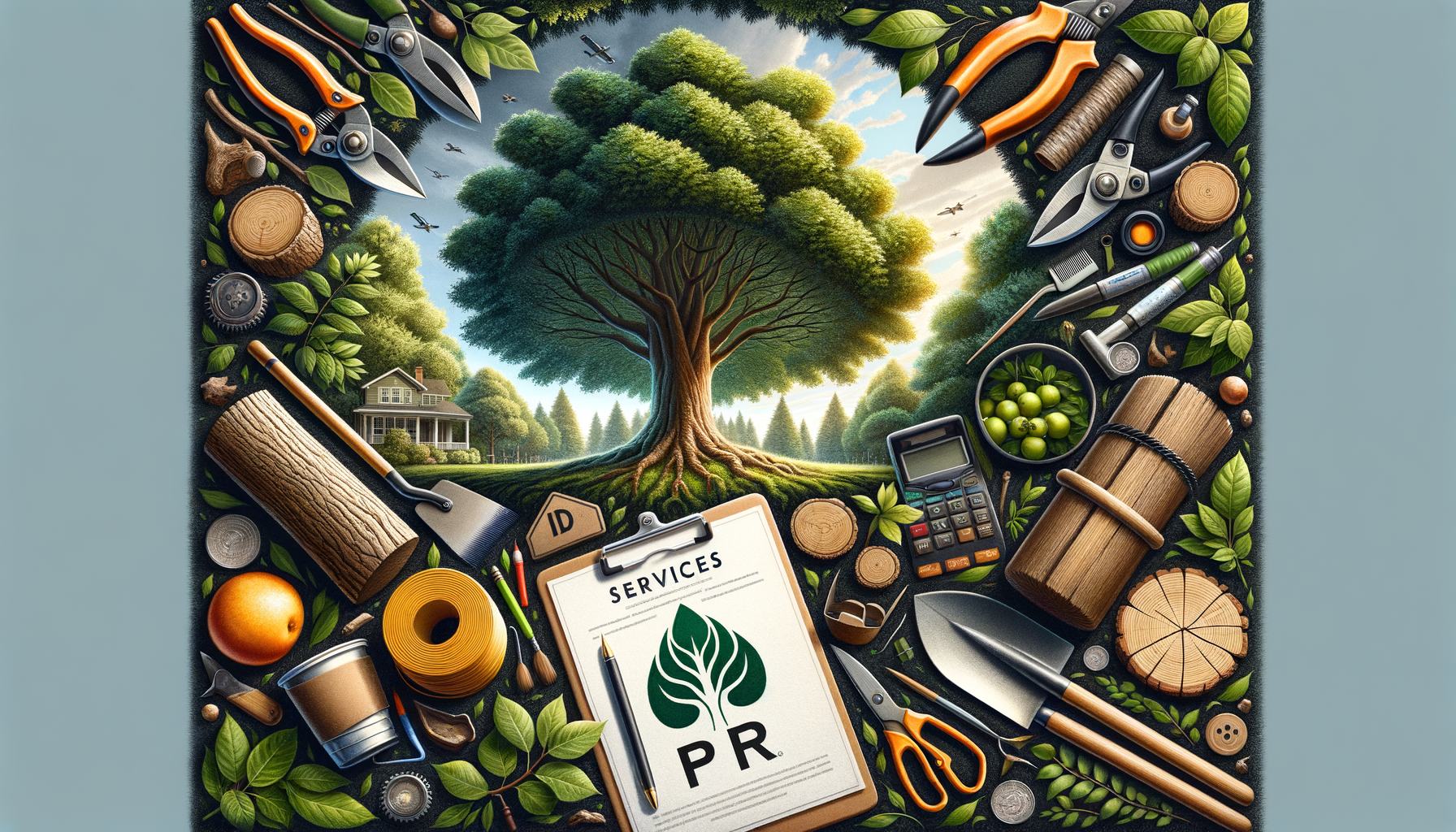
Tree Removal Services: What to Expect and How to Choose a Qualified Provider
Understanding When Tree Removal is Necessary
Tree removal is not always the first option when dealing with problematic trees. However, there are specific situations where it becomes necessary. For instance, trees that are dead or dying pose a significant risk to property and safety. Dead trees can fall unexpectedly, causing damage to structures or injury to individuals. Additionally, trees that are diseased or infested with pests might need to be removed to prevent the spread to other healthy trees.
Another scenario where tree removal becomes essential is when trees grow too close to power lines or buildings. In such cases, they can interfere with utility services or cause structural damage. Trees that have grown too large for their location might also pose a risk during storms or high winds, where they could fall or drop large branches.
It’s important to assess the health and position of trees regularly. Consulting with a professional arborist can provide valuable insights into whether a tree should be removed. They can evaluate the tree’s condition, potential risks, and the impact of removal on the surrounding environment. By understanding these factors, property owners can make informed decisions about whether tree removal is the best course of action.
Choosing a Qualified Tree Removal Service
Selecting the right tree removal service is crucial to ensure the job is done safely and efficiently. A qualified provider should have the necessary experience, equipment, and certifications to handle tree removal tasks. When evaluating potential services, consider the following factors:
- Experience and Expertise: Look for companies with a proven track record in tree removal. Experienced professionals are more likely to anticipate challenges and handle them effectively.
- Insurance and Licensing: Ensure the provider is fully insured and licensed to operate in your area. This protects you from liability in case of accidents or damage during the removal process.
- References and Reviews: Check online reviews and ask for references from past clients. Feedback from others can provide insights into the company’s reliability and quality of work.
- Safety Measures: Inquire about the safety protocols they follow. A reputable company should prioritize safety for both their workers and your property.
Additionally, obtain multiple quotes to compare prices and services offered. While cost is a factor, it should not be the sole determinant. The cheapest option may not always be the best, especially if it compromises on quality or safety.
The Tree Removal Process: Steps and Considerations
The tree removal process involves several steps that ensure the task is completed efficiently and safely. Initially, a site assessment is conducted to evaluate the tree and its surroundings. This helps in planning the removal strategy, taking into account factors like the tree’s size, condition, and proximity to structures.
Once the assessment is complete, the removal team will prepare the site. This might involve clearing the area of obstacles and setting up safety equipment. Depending on the situation, the tree can be removed in sections or as a whole. Cutting it down in sections is often safer, especially in confined spaces.
After the tree is felled, the team will handle the disposal of the tree debris. Some services offer to cut the wood into manageable pieces for firewood or mulch, while others will remove it entirely. It is also essential to consider stump removal, which can be done through grinding or complete extraction, depending on future landscaping plans.
Throughout the process, obtaining necessary permits and adhering to local regulations is crucial. Some areas have strict guidelines on tree removal to protect local ecosystems and ensure safety. Consulting with your local government or the tree service provider can clarify these requirements.


